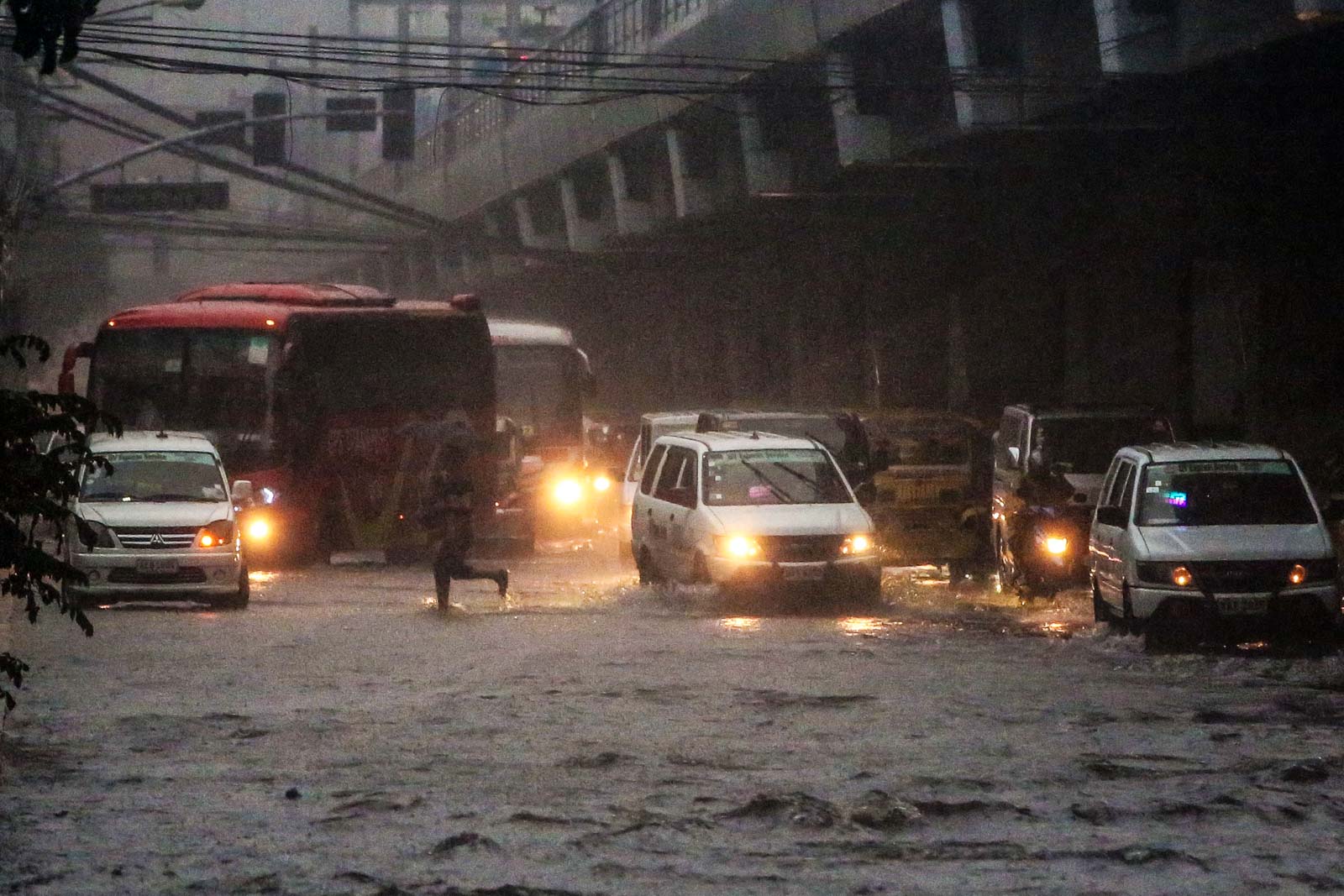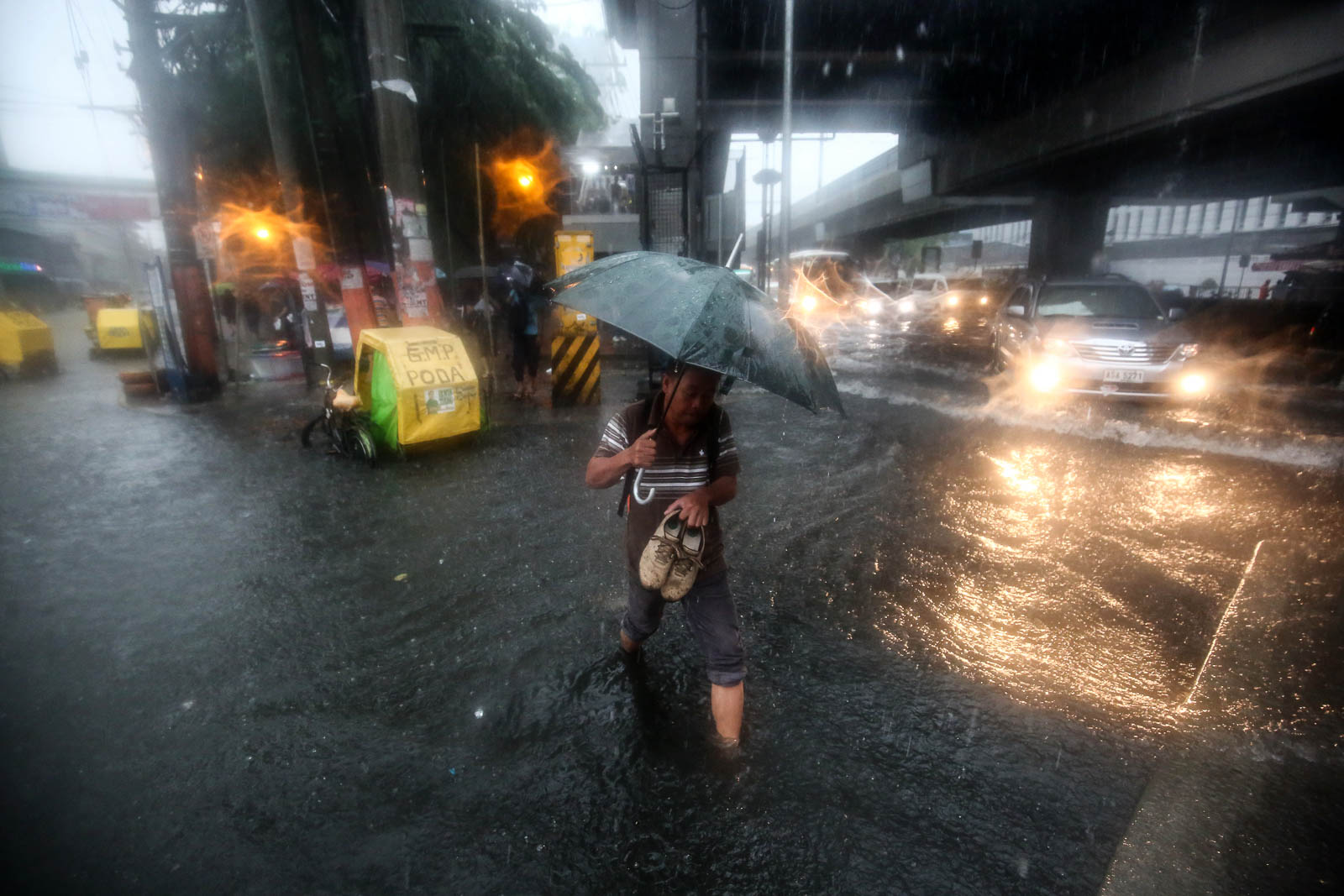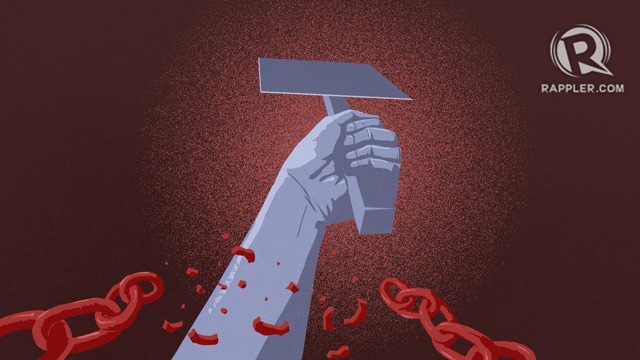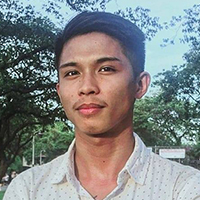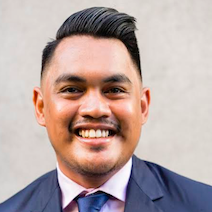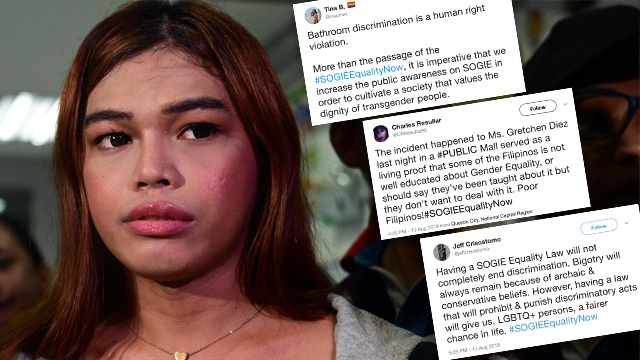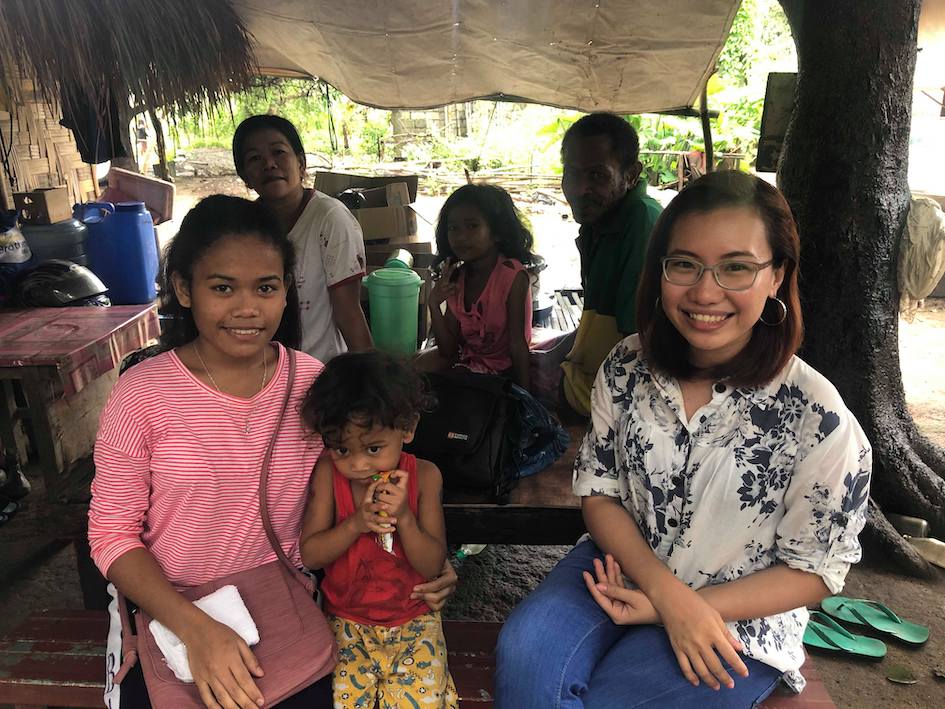
MORONG, Bataan – Eighteen-year-old Mary Rose Alejo is no stranger to tough journeys. Bearing her people’s characteristic curly hair and dark complexion, she’s undeniably an Aeta through and through, with all the weight and burden that come with it. (READ: Simple life is a sustainable life for Aeta community)
Now she’s on a journey far more challenging than the steep pathways that lead to her home in the highlands of Morong, Bataan. Who would have imagined that an Aeta like her would have a chance of obtaining the post-nominal MD – from the country’s national university no less? (READ: The long road to education)
Sunday, as she’s fondly called, is the studious type. One of the first from the Magbukun Aeta community to finish high school under the K-12 program, Sunday persevered in her education against all odds.
“I knew that this was the only way to uplift our family from poverty. My father is now deceased and I have 5 younger siblings,” recounted Sunday. “So I knew that I had to take my studies seriously.”
She initially wanted to become a midwife like her aunt, as this was the only realistic option for people who had no financial means. Even then, her family was hesitant as they really had no stable source of income. Her stepfather, though extremely industrious, was only a contractual employee in the local wildlife rescue center and occasionally foraged for honey to sell, while her mother ran a small sari-sari store.
When we told them about the community health work program of the University of the Philippines Manila School of Health Sciences (UPM-SHS), the news seemed heaven-sent.
The first in Asia, UPM-SHS’ innovative step-ladder program “integrates the training of the broad range of health manpower from the midwife, nurse, nurse practitioner, and Doctor of Medicine in a single, sequential and continuous curriculum.”
Sunday and her family were ecstatic when we told them that there was a chance she could go on to become a doctor one day.
“No Aeta had imagined that they could become a doctor. We’ve been experiencing discrimination in the lowlands for so long that we’ve grown to fear studying with non-Aetas,” lamented Sunday.
“In high school, some of my classmates used to call me names just because I looked different from them. I could not forget when one of them used to shout 'basta kulot, salot (if you're curly-haired, you're a pest)' when Aetas were around,” Sunday added.
With UP Manila Associate Professor Fresthel Climacosa and a few friends from the academe, we painstakingly compiled the requirements for her admission to UPM-SHS. One requirement was a petition signed by the community endorsing her admission to the program.
For an entire day, we went with Sunday to each of the Aeta households and watched her explain that by signing the endorsement, they were betting the future of the entire community on her. She promised them that she would return as a doctor to the community and never forget that she’s one of them.
“Kailangan na kailangan natin ng doktor. Umaasa kaming babalik ka rito at dito ka maglilingkod, Maraming nakakalimot; sana hindi ka isa doon,” reminded Magbukun Aeta chieftain Belen Restum.
(We are in dire need of a doctor. We expect that you will return to serve the community. Many forget; I hope you won't be one of them.)
Sunday vowed to never forget. And her return service agreement (RSA) with UP would compel her not to. For every year of study in her program, she is obligated to render two years of service in return.
“Entering UP is the fulfillment of not just my family’s dreams, but of the community's. Malaki ang pressure (The pressure is huge), but this drives me to prove to everyone who believes in me that I can succeed; that we can succeed,” said Sunday.
School starts on August 12 for Sunday at UPM-SHS’ Baler campus. She will be facing yet another challenge, this time carrying the weight of the Aeta’s hopes and dreams.
For those interested in helping with Sunday’s education, you may coordinate with the author or with Dr Fresthel Climacosa at the UP College of Public Health in Manila (fmclimacosa@up.edu.ph). – Rappler.com
Nicolas Czar Antonio is a Rappler intern and Psychology major at the University of the Philippines Diliman. He tweets at @Nicolas_Czar.








